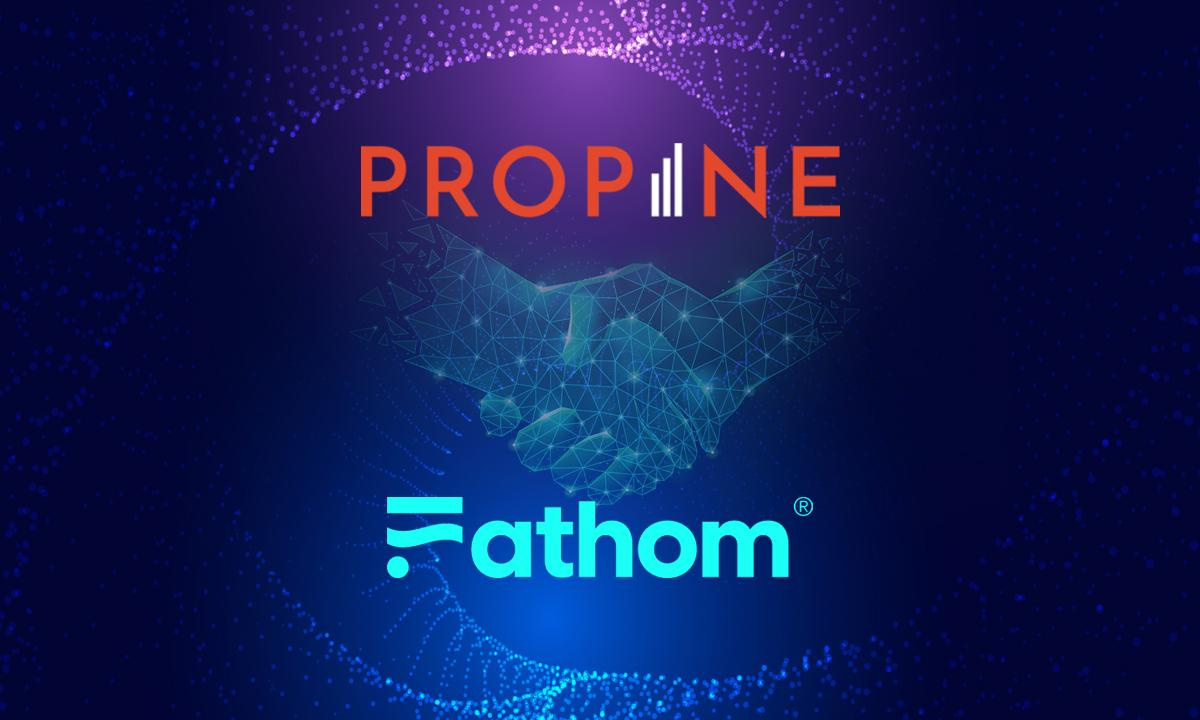Crypto poster boy Vitalik Buterin recently poured sarcastic scorn on the EOS blockchain project, apparently praising it on Twitter, saying it’s both faster and more scalable than the Ethereum blockchain he created.
EOS is Ethereum On Steroids.
— vitalik.eth (@VitalikButerin) June 27, 2022
The name reflects the fact that the core team learned from Ethereum's amateurish naivety and idealism, and built out a team of professional top-talent software developers that created a smart contract platform with much higher scalability and speed.
The crypto community was quick to realize that Buterin was being sarcastic when he labeled EOS as “Ethereum on Steroids”, recalling an old joke that did the rounds back in the day when it was still being hyped.
I feel so sad for anyone not realising this is sarcasm
— 𝖁𝕰𝕼𝕿𝕺𝕽 ✊🇺🇦 (@Veqtor) June 27, 2022
Buterin’s sarcasm reflects the bad reputation EOS has attracted due to its years-long struggle with former developer Block.one. The project set a world record ICO back in 2018, raising a stunning $4.1 billion, and so naturally big things were expected of it. EOS was the original “Ethereum killer” and believed by many to be superior to rivals such as Cardano, Polkadot and Solana because it boasted faster transaction speeds and lower fees than any of those projects.
Alas, things began going downhill for EOS fairly rapidly as Block.One failed to deliver on its promises and development of the project quickly came to a standstill. EOS struggled with an exodus of developers as well as decentralized apps that were building atop of it.
EOS currently sits in 48th place on CoinMarketCap’s list of top cryptocurrencies by market cap, far below its former top ten ranking. The price of EOS is currently just 91 cents, down by about 95% from its all-time high of $22 that was reached in late 2018.
The lack of progress by Block.one led to a community revolt, as backers of the project - particularly those who invested in its ICO, decided to take action to protect their investment. Hence, the EOS Foundation, known as the ENF, was formed. Through the ENF, the community was able to take back control of the project and boot Block.one into touch, allowing it to finally get down to work and try to reclaim its Ethereum killer status.
With ENF CEO Yves La Rose now at the helm, EOS has made rapid progress in addressing its lack of development over the years. Earlier this year, the foundation released a series of Blue Papers addressing various aspects of its ecosystem and how to improve them. That was followed by the announcement that EOS is bringing the Ethereum Virtual Machine into its network with Trust EVM, giving developers the ability to use familiar code and tools to improve the blockchain.
Trust EVM brings Solidity-based smart contracts to EOS and enables an extremely high throughput of more than 10,000 transactions per second, as noted by La Rose in a reply to Buterin’s tweet:
Now that the “snakes” are gone, the top-talent developers @VitalikButerin mentioned are returning to $EOS.
— Yves La Rose (@BigBeardSamurai) June 27, 2022
The EOS codebase also powers:
-The world’s most active blockchain @WAX_io
-The world’s fastest EVM @HelloTelos
-Chains like @Network_UX, @ultra_io, @ProtonXPR, and more.
At the same time, TrustEVM ensures full compatibility with EOS’s ecosystem of decentralized applications, meaning tokens can be moved across both blockchains. EOS has promised that the TrustEVM will enable a new generation of DeFi and GameFi apps that can take advantage of its blazing network speed.
The New $EOS is the fastest, the cheapest, the most sustainable and the most performant L1.
— Yves La Rose (@BigBeardSamurai) June 27, 2022
But it is not the “ETH killer”
With @TrustEVM around the corner, #EOS will be the ETH-enabler as the premier L2 solution.@VitalikButerin, let’s chat at @ETH_Toronto and make it happen?
As La Rose points out, the introduction of TrustEVM shows that EOS is no longer setting its sights on “killing Ethereum”, but rather playing an active part in the wider blockchain ecosystem. Under La Rose, the new EOS has taken a stance against the tribalism that is so rife in the crypto community. Instead, it aims to be more inclusive, perhaps even working with Ethereum to help it resolve its most serious problems. La Rose’s invitation to talk with Buterin seems genuine, in the belief that the two projects can emerge much stronger if they work together.
Disclaimer: This article is provided for informational purposes only. It is not offered or intended to be used as legal, tax, investment, financial, or other advice














